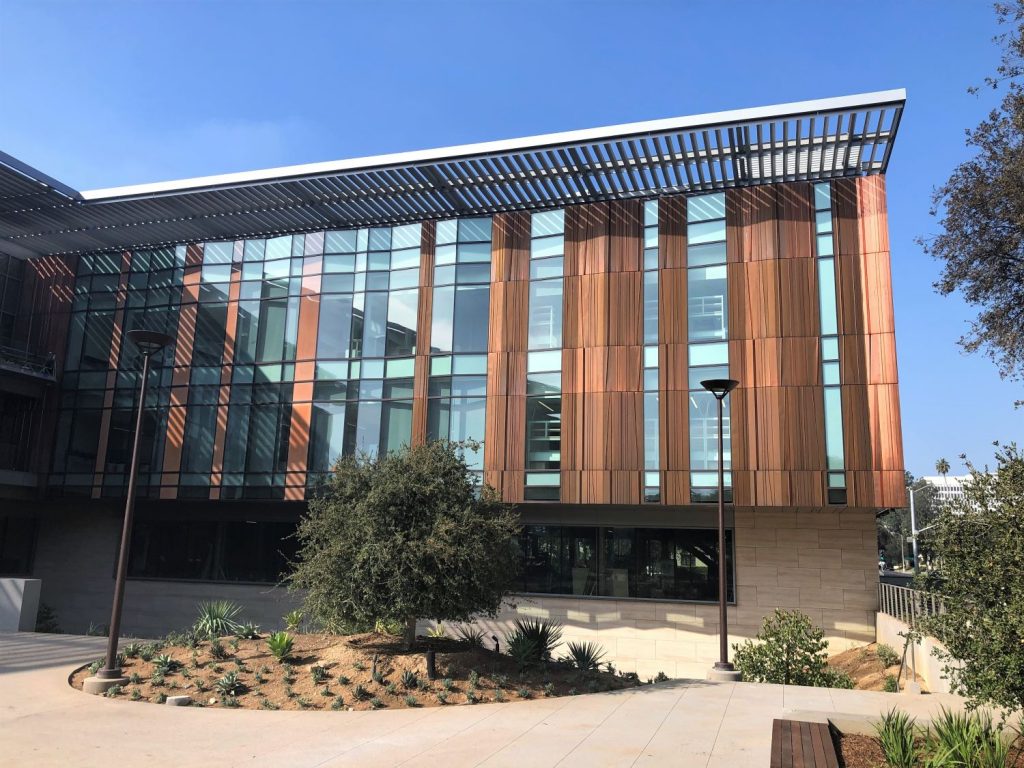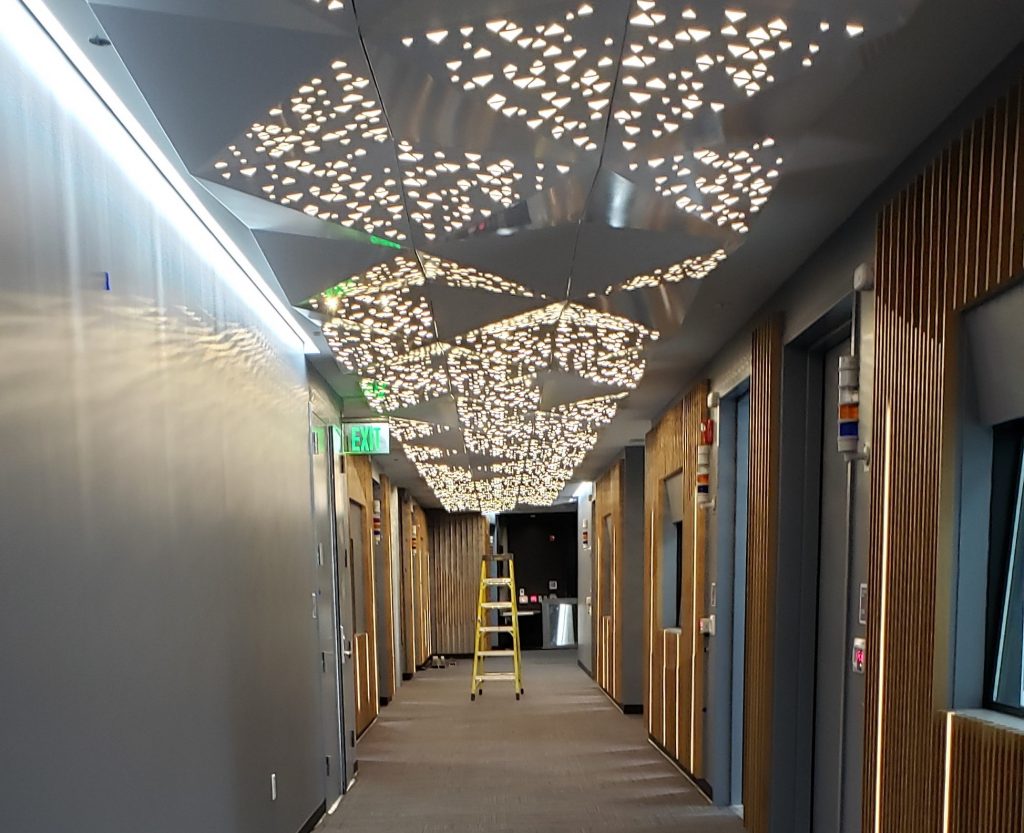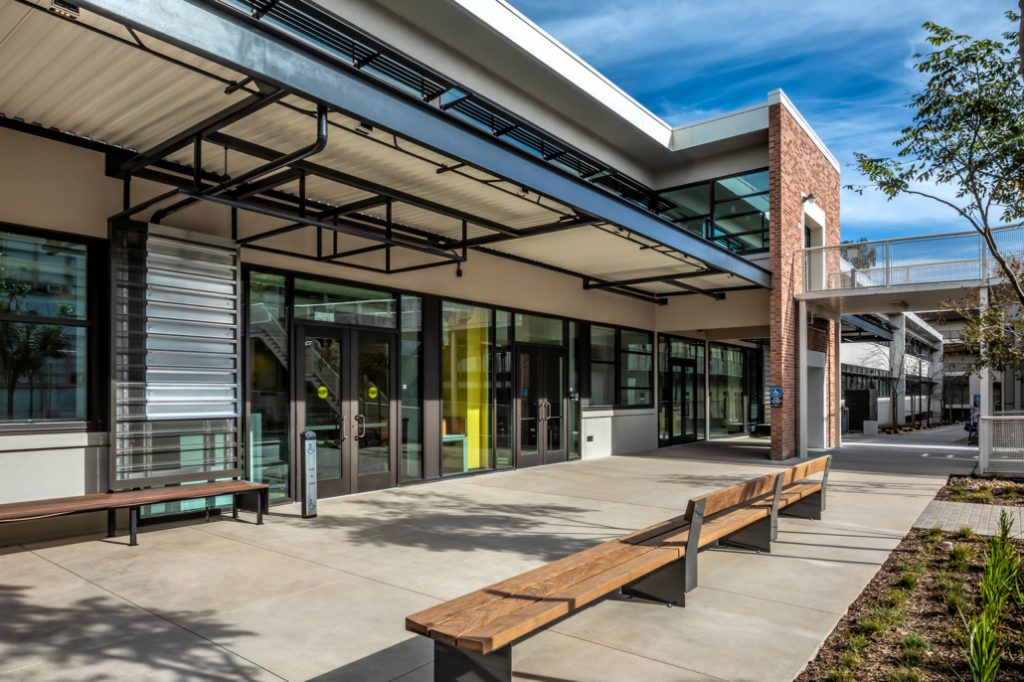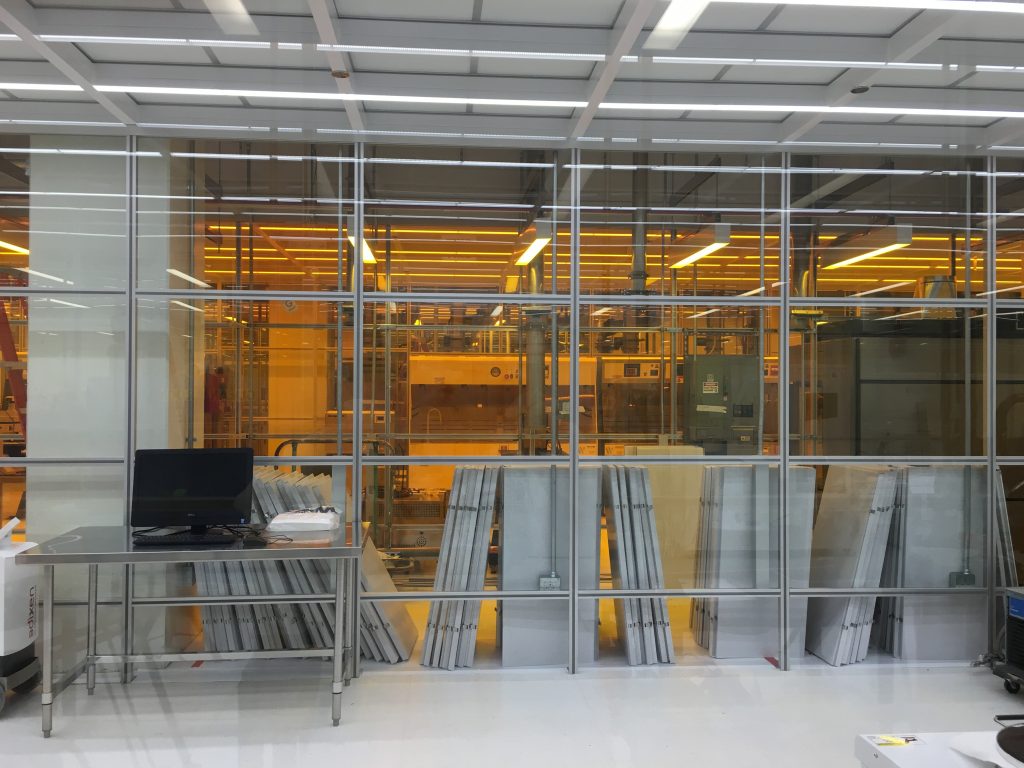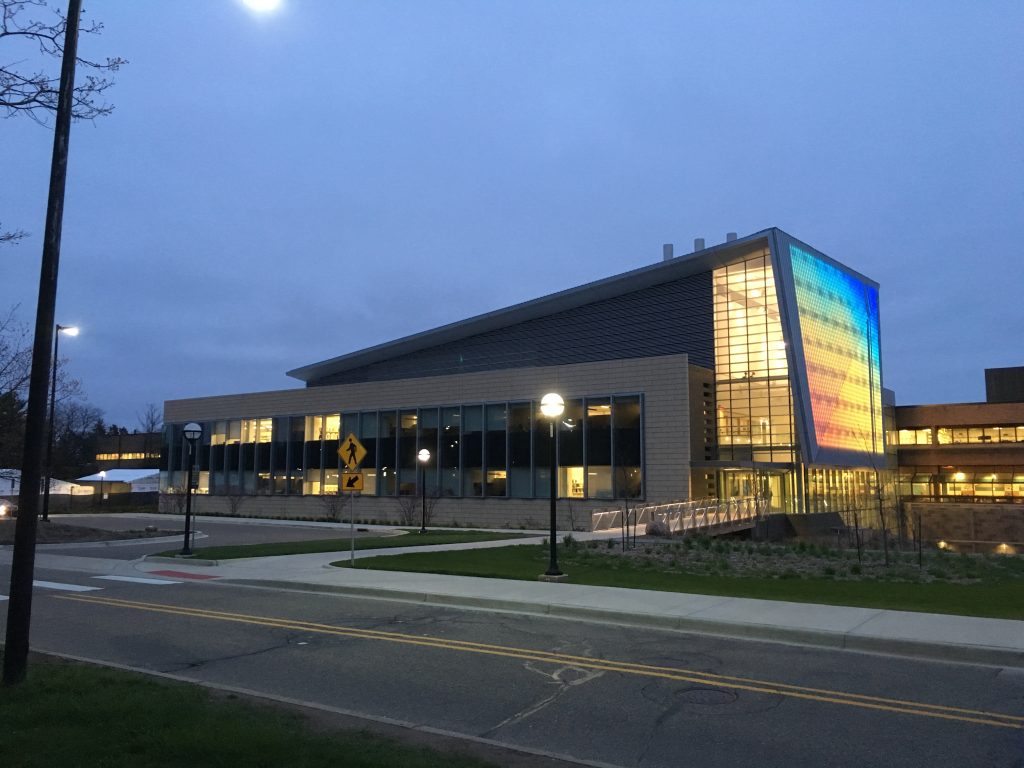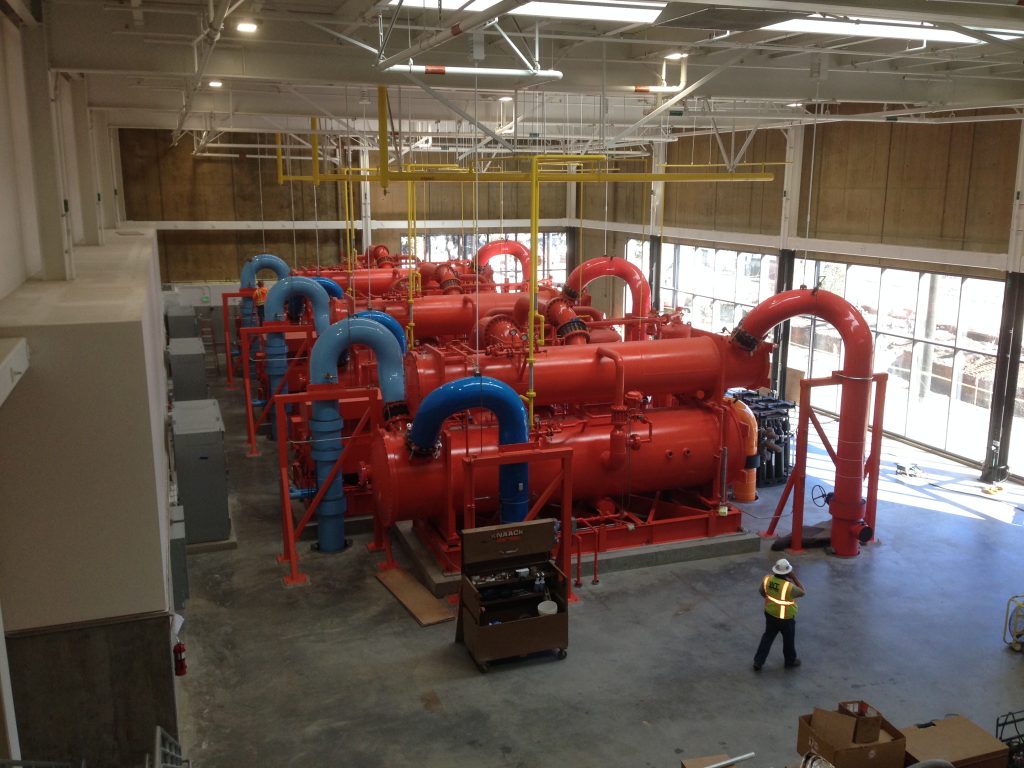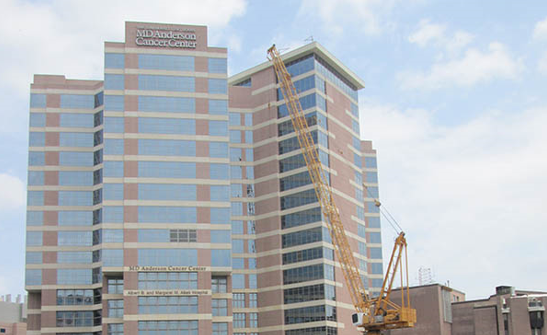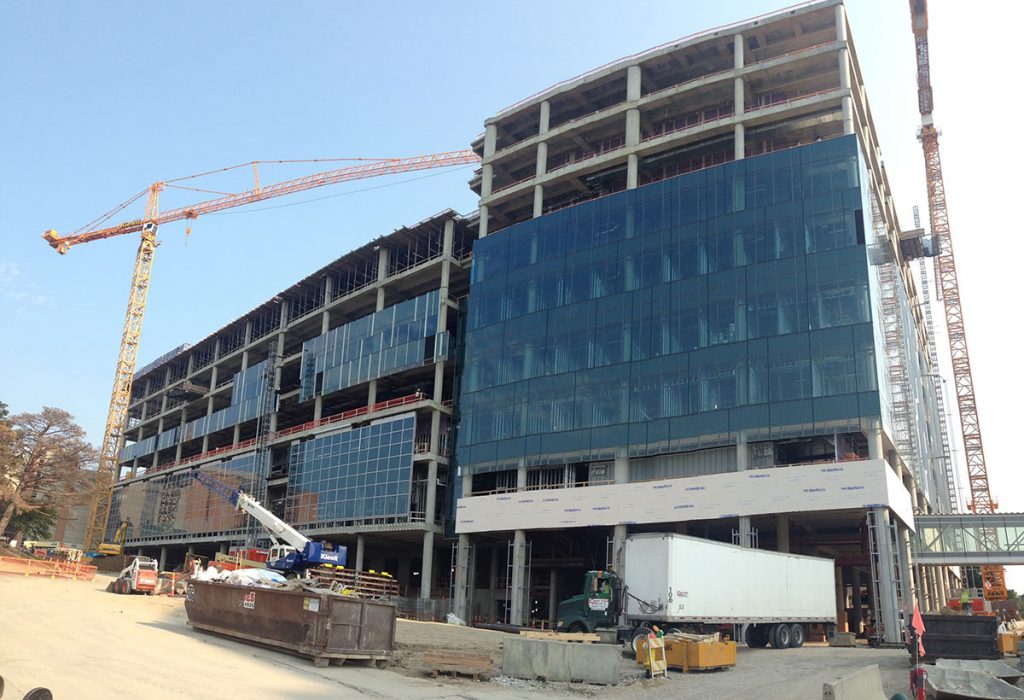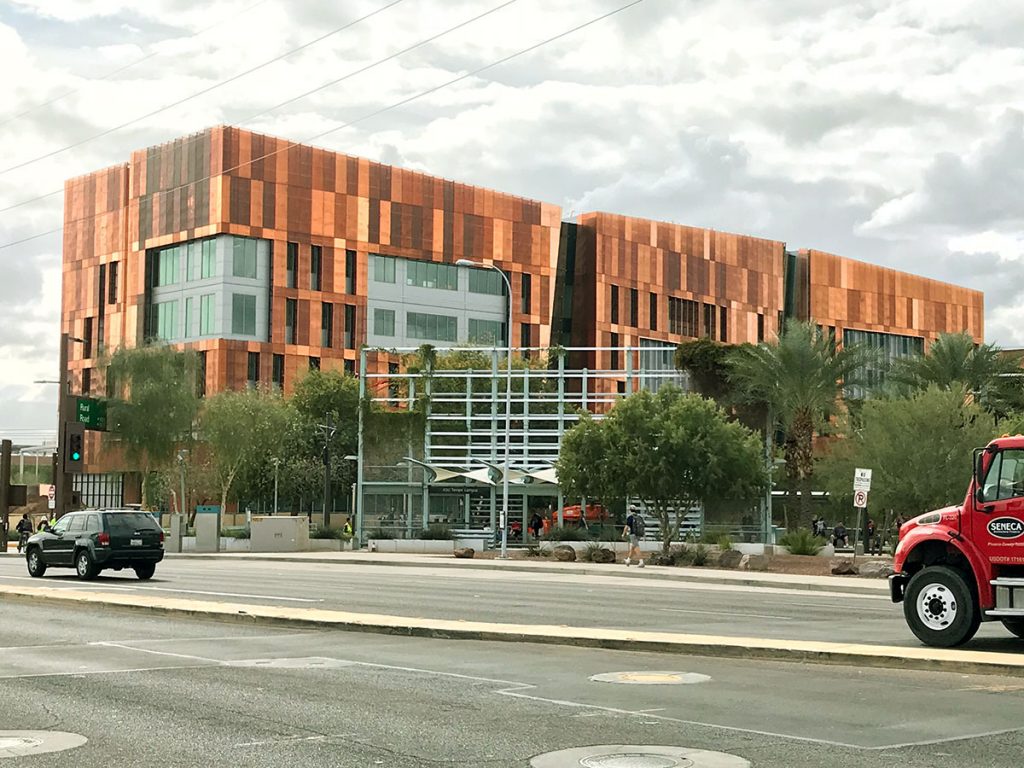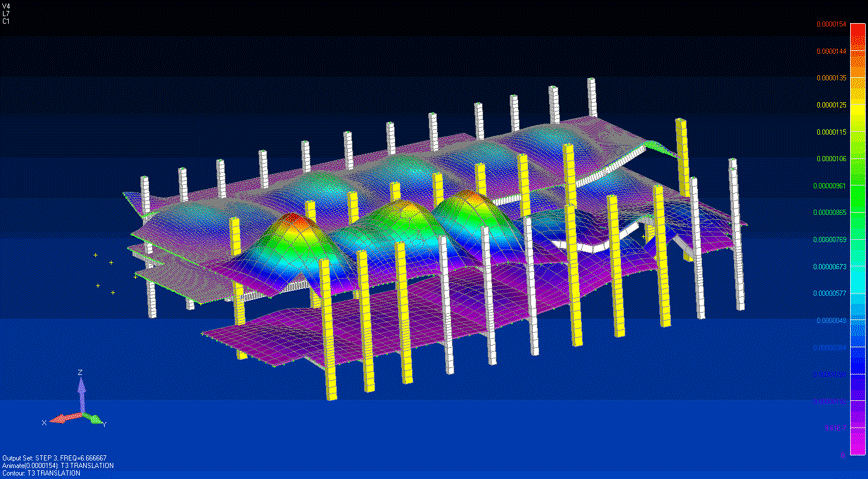Hospitals and other healthcare facilities have their own unique noise and vibration requirements. The acoustical environment has a significant impact on the comfort of patients and healthcare professionals, and a good acoustical design can help to combat issues such as patient anxiety, sleep disturbance, alarm fatigue, and speech privacy/HIPAA concerns. Excessive noise and lack of acoustic privacy are among the most frequent complaints by hospital patients.
Vibration can have a significant impact on surgical microscopes, operating procedures, MRI equipment and other imaging instruments, as well as the comfort of patients. Often the vibration requirements for medical instruments and procedures are considerably more stringent than those of standard buildings.
Expansion and renovation of healthcare facilities often involves construction adjacent to existing vibration and noise sensitive areas like operating rooms, MRI equipment, or patient rooms. This may require tight controls on construction means and methods and noise and vibration monitoring.
Vibration can have a significant impact on surgical microscopes, operating procedures, MRI equipment and other imaging instruments, as well as the comfort of patients. Often the vibration requirements for medical instruments and procedures are considerably more stringent than those of standard buildings.
Expansion and renovation of healthcare facilities often involves construction adjacent to existing vibration and noise sensitive areas like operating rooms, MRI equipment, or patient rooms. This may require tight controls on construction means and methods and noise and vibration monitoring.
